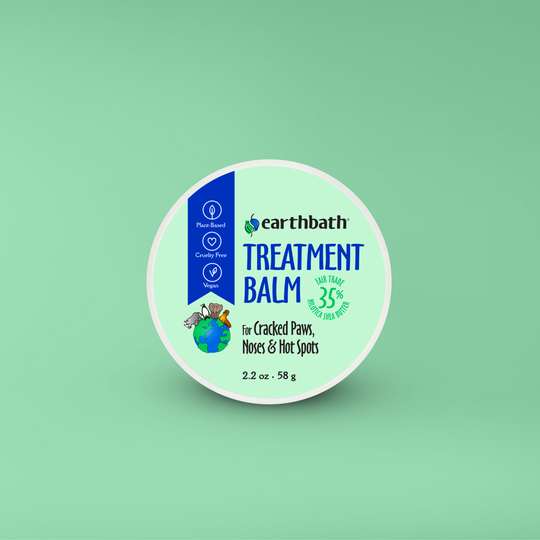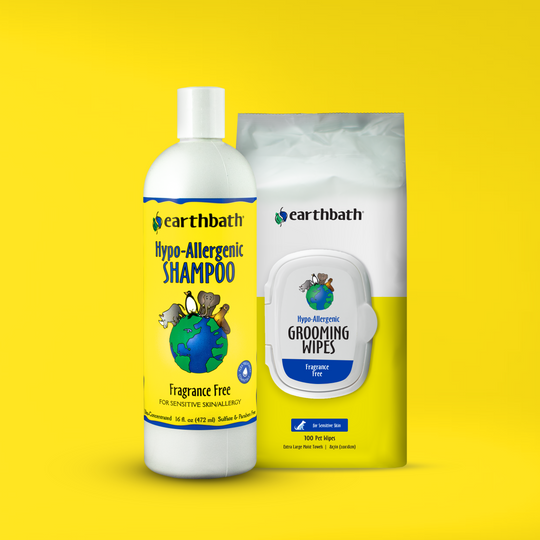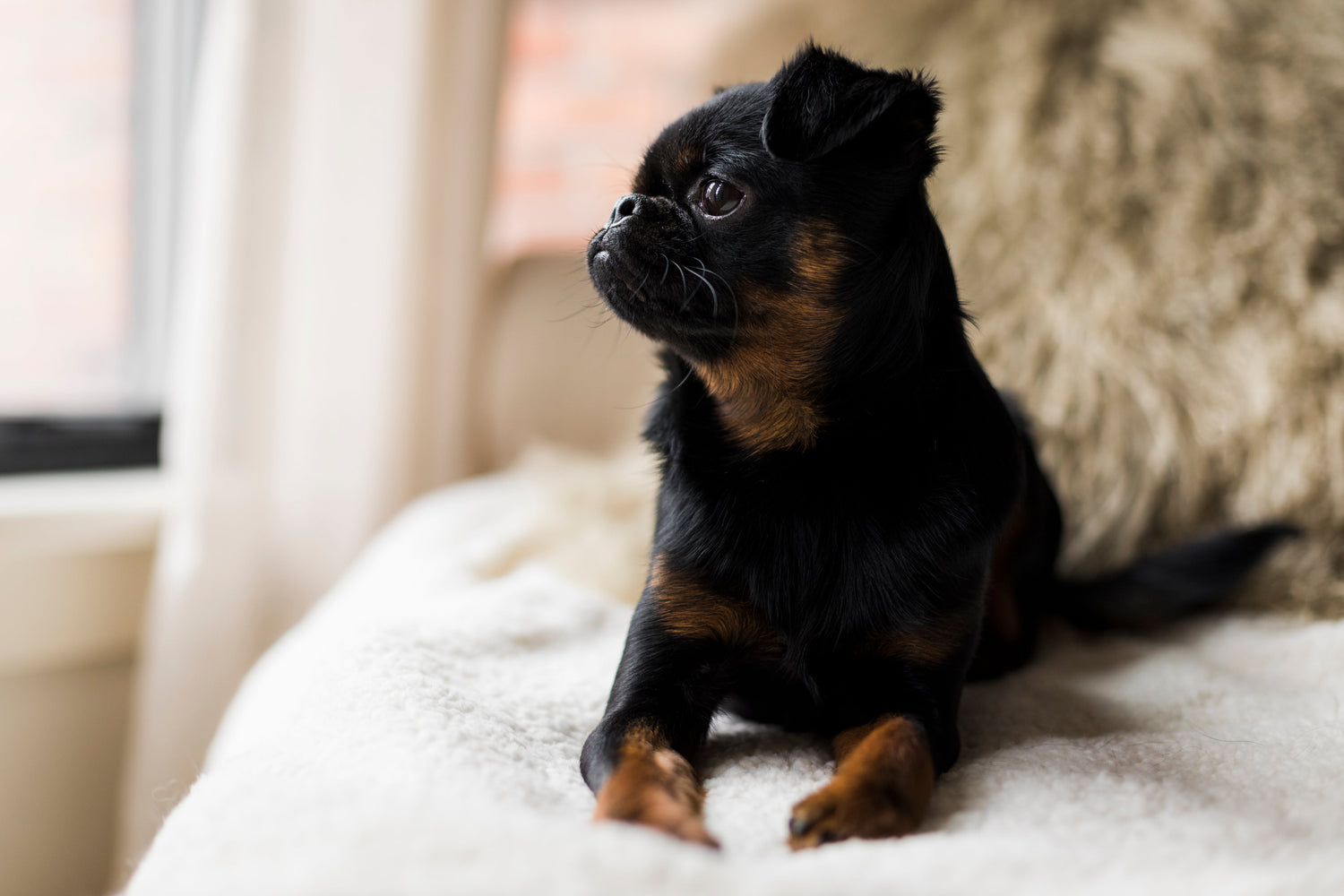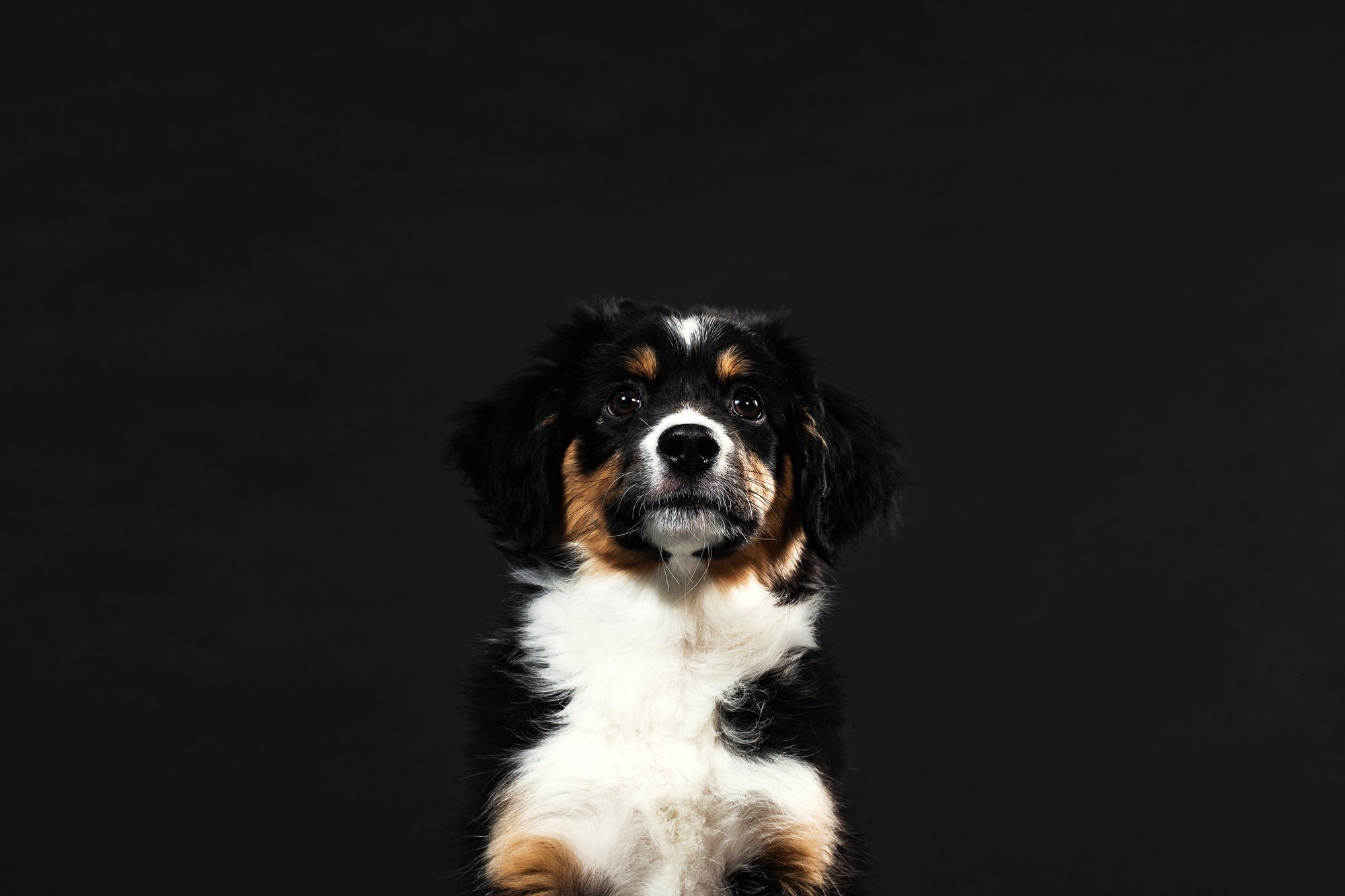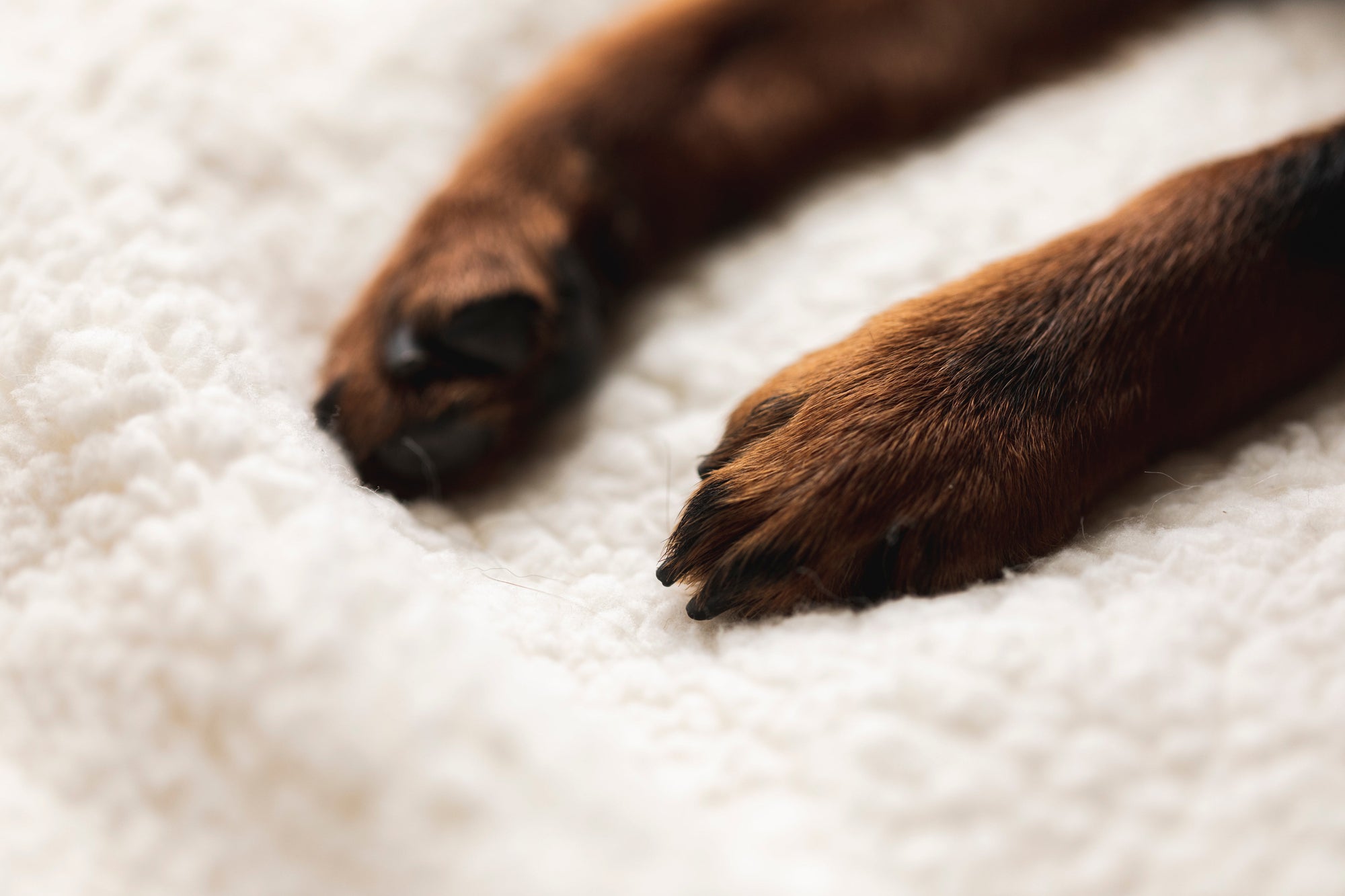So you've got a new puppy with the perfect name all picked out. Now it's on to one of the toughest tasks of bringing a new puppy home: training. It’s important to know what you’re in for and the time you have to put into training your puppy before you welcome him home. It is an enormous task, that’s for sure, and it encompasses many aspects including basic commands and essential training. Where does a pet parent (especially one who is inexperienced) start? We have the answer for you in a comprehensive guide.
Why Puppy Training is Essential
Puppies are very much like children in many ways. You can be the envy of all other dog parents with the most well-behaved pup if you put in the work in the beginning. If you don’t teach them manners and discipline at a young age, they will grow up to be rude and rough around the edges. Puppy training will also help them adapt well to canine social situations (no one likes the annoying pup that always jumps, barks, and scratches at another dog).
Puppy training will show your dog who’s boss. We don’t mean that in a dominant way, but more in the sense of teaching your dog where he belongs in the pecking order and he is not the alpha. If your dog has a good grasp of basic commands, it also boosts communication and a mutual understanding. Communication is also essential to fostering trust, and we know trust is the foundation of a successful relationship.
Trust us when we say that a well-trained pup is much less taxing on your psyche. Constantly worrying about your dog getting up to no good and not behaving well is tiresome, and proper training and a pup who understands how to act in certain situations will be less at risk. There are endless possibilities and opportunities to build on the foundation you have set during dog training at a young age. You can teach your dog new tricks and take him on countless adventures as your sidekick because he’s well-behaved.
The Best Way to Train a Puppy - What You Need
So, you’re sold on puppy training, but what’s the best way to do it and what do you need? There are a few things to keep in mind. Always be consistent and patient, set up a routine (and stick to it!), and start training as early as possible. Below we've shared our guide to basic commands plus tips for crate, potty and leash training.
Basic Commands to Teach a Puppy First
Before venturing out into the world, we would recommend teaching your pup basic command cues first so you can have more control. There are so many basic keywords to teach, but here are a few you cannot skip.
- Sit - Any action, including teaching your dog to sit, takes repetition and time. Sit can be a neutral position or one that leads to another command or action. It can also be used to keep a reactive dog in check outdoors.
- Stay - Like sit, the stay command has numerous benefits. It can teach your dog not to wander off and get into mischief. The goal is to get your dog to understand the word and not move until you give a release word.
- Come - The “come” command is essential to recall training. A dog’s recall is exemplary of its behavior and training. It can take some time (okay, maybe a lot), but if you can get to the point where you can recall your dog no matter where he is in an off-leash area, then you definitely deserve a few pats on the back.
- Let Go/Drop It - The “let go” and “drop it” commands are crucial to your dog’s safety. They really come in handy whenever your dog has something dangerous or you don’t want in his mouth. It can also prevent your dog from ingesting dangerous things and even let go of small creatures he may have in his jaws from a “hunt”.
- The Word “No” - You spend a lot of time teaching your dog what to do, but you also need a command on the other end of the spectrum that tells them what not to do. The word “no” is an incredibly helpful one and can be used whenever you’re telling your dog off. It will be the universal word used whenever your dog is misbehaving.
Training You Need to Do
We gave a few basic commands that are undeniably important, but there are three types of training you must do with every puppy to give them discipline and to make your relationship easier.
Crate Training
You hear about crate training so much, but is it really that helpful? Yes, it is! Canines like to have a safe place, their den if you will, and the crate plays that role. Crate training is not only important to give your dog a quiet and relaxing space he can call his own, but it can also be used to keep him contained when you don’t have time to keep an eye on him and it’s amazing when used for potty training as well.
Dogs don’t soil where they lie (who likes to lie in their own waste?), so if they view the crate as their den, then it’s less likely that they will poop and pee inside. One key element to crate training is getting the right-sized crate. It has to be large enough for your dog to comfortably stand up in, take a few steps, and turn around, but not large enough for him to roam.
The size is vital because if it’s too big, then your dog could simply choose one corner as his bathroom and rest comfortably at the other end of the crate. Set up the crate comfortably and make it a place even you would love to spend time in. Once the crate is an amazing place, follow these steps to crate training:
- Leave the door open and let your dog explore and get to know the crate. You never want him to think it’s a scary place or a place meant to trap him.
- Start tossing some doggy treats inside so your dog associates being inside the crate with delicious snacks. Positive association is a very important aspect of any type of training.
- You can even try to feed your dog his meals inside the crate.
- If food doesn’t work, you can try toys as well. Give your puppy toys he wouldn’t usually get to play with only when he’s inside.
- When your dog is receptive to being in the crate with the door open, you can start to close it little by little until you shut and lock it all the way.
- Do it for just a few seconds at first, and lengthen the time if your dog is accepting. Don’t hesitate to take a few steps back and restart any of the points above if your dog starts getting stressed.
- Remember not to over-crate your dog, which means leaving him in the crate for too long. Puppies don’t have full bladder and bowel control just yet, so be prepared that accidents will happen. Enzyme cleaners and puppy tushy wipes are indispensable tools during this time.
Potty Training
An essential early lesson for your pup is potty training. You need them to learn where to go potty so you won’t spend the rest of your life with your pup cleaning up his messes. Potty training goes hand-in-hand with crate training, and you can read our complete guide to potty training your puppy here.
Leash Training
There are a few types of leash training, but what you should focus on with your pup are accepting the leash and harness/collar, no pulling and lunging, and eventually loose-leash walking. Follow the roadmap below:
- We would suggest introducing the leash at home and getting your puppy acquainted with the new apparatus before going outside. If you start outdoors, there will be so many distractions your puppy won’t be paying any attention to you.
- You can start inside, then eventually move to the backyard, and then outside on the sidewalk.
- Your puppy will most likely think the leash is a toy and start pulling, biting, and chewing it. Keep your dog distracted with a toy or something that piques his interest to make him forget about the leash.
- A pet parent has to train the pup for pulling and lunging on the leash. There are harnesses designed to prevent this, but enrolling your dog in puppy class for leash training will make all the difference.
- Encourage your puppy to keep eye contact and walk when you say so and stop with a command word. The steps are very similar to teaching basic commands. Give a reward when your dog gets it right, and withhold treats if he doesn’t.
Puppy training is one of the toughest tasks of bringing a new puppy home. What’s more, is that training never really ends. Your dog will be a part of the family for the duration of his lifetime, so it’s important to build a strong foundation right from the beginning with puppy training the right way as soon as you bring him home. Next, we're sharing our puppy training milestone guide to help you continue your training well into the first year!

